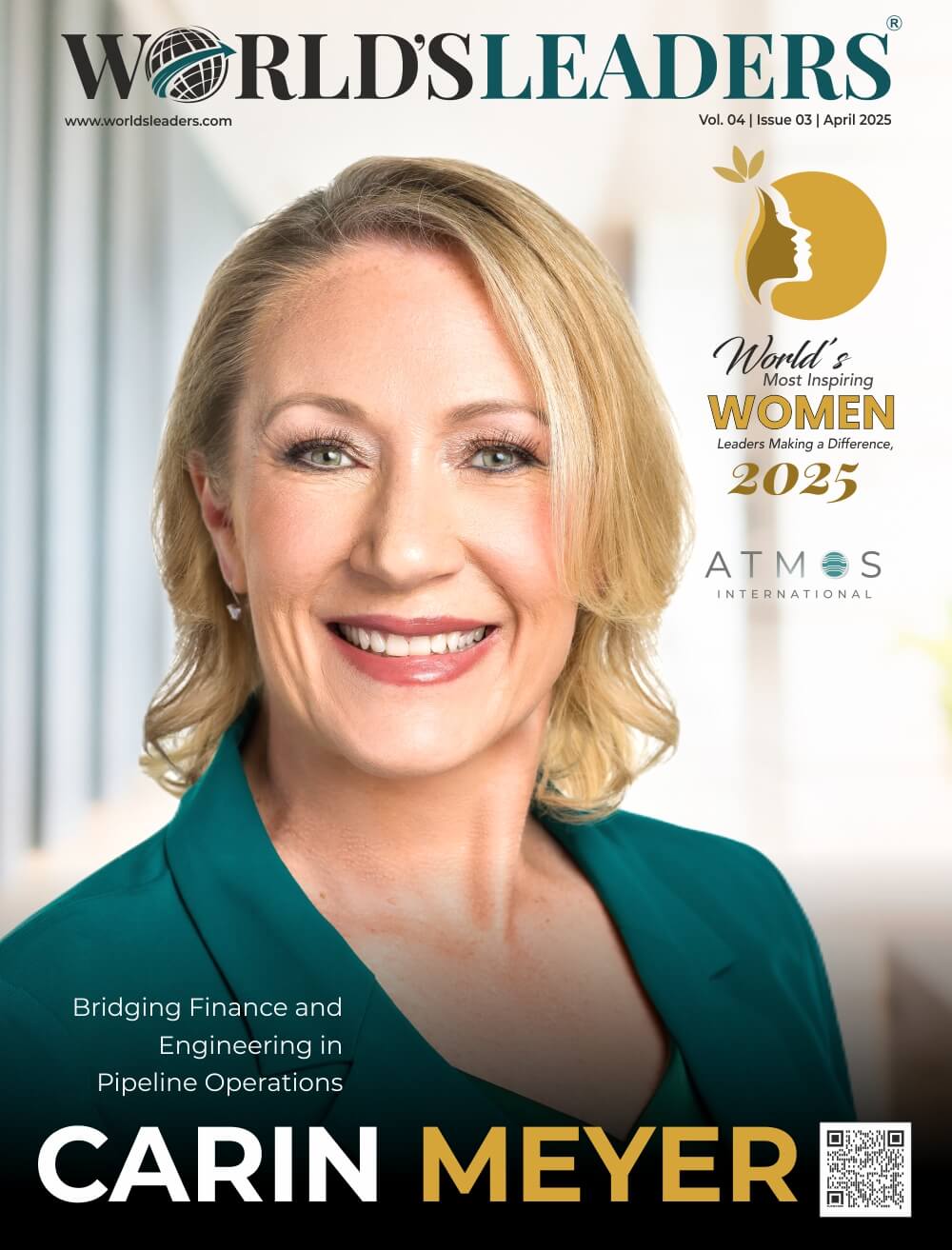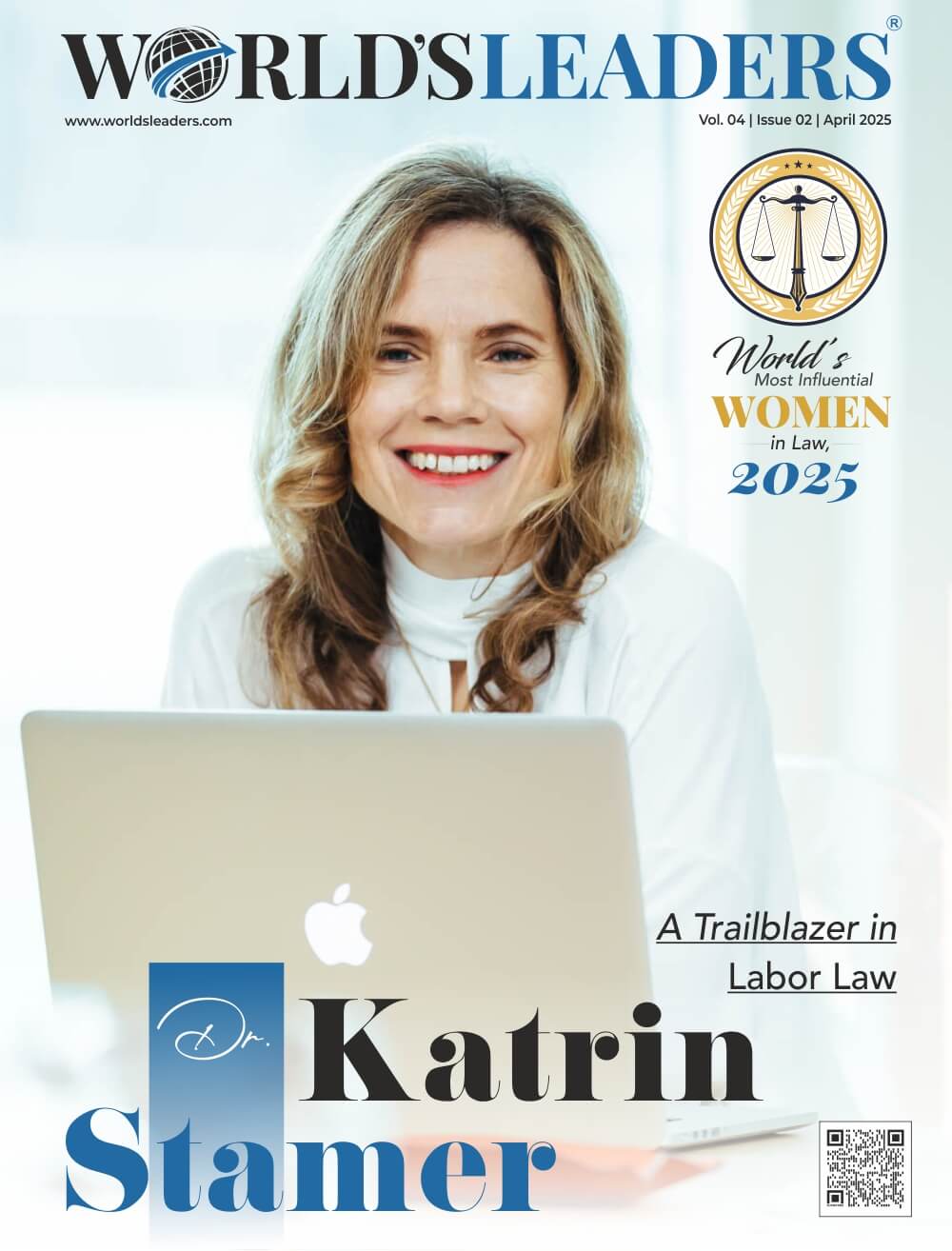The lack of gender diversity in the aviation business continues to be a major issue. The percentage of women in C-level positions in the sector, as reported by the International Air Transport Association (IATA), which is made up of 290 airlines, is only 3%. Others see it as a vital source of economic advantage. For some firms, it’s an issue of regulatory compliance or corporate social responsibility. But one of the worst gender balances is still seen in the aviation industry. At the top level, the paucity of women is particularly noticeable.
Today, a sizable number of women are visible in key roles in aerospace R&D (Anke Kaysser-Pyzalla, Sabine Klauke, and Grazia Vittadini, to name a few in alphabetical order), and they inspire other women to pursue careers in this field, either actively or simply by being visible as role models. Additionally, we are seeing an increase in the number of women studying STEM-related undergraduate degrees and completing engineering PhDs (from 11,3% in 2004 to 18,6% in
What are the greatest impediments to women getting forward in the field?
Women are often excellent negotiators when speaking on behalf of their company, but they could lack self-confidence when doing so. Senior female executives we spoke with concurred that articulating your top priorities in terms of your professional objectives and ideal amount of remuneration is essential. In the heavily male-dominated aviation industry, having the guts to be bold and forthright is essential for establishing a high-profile career.
The obvious paucity of female role models at the top business levels presents another significant obstacle for women. Particularly for women who are unsure of how to effectively climb the corporate ladder, coaching and mentorship are crucial tools. When it comes to aspiring female leaders, support and professional advice may make the difference between giving up and persevering until the ideal moment to step forward presents itself.
Ourmieres-Widener founded Flybe’s ‘FlyShe’ campaign, which aims to solve the gender gap in the aviation sector and inspire the future generation of aviators, in an effort to motivate young women to pursue careers as pilots and engineers.
Search companies might play a more active role in informing stakeholders about the advantages of recruiting from outside the sector, especially for senior leadership jobs, as the aviation industry is often quite conventional and risk adverse. The aviation executives we spoke with said that search firms should push businesses to examine “non-traditional” candidates and to take greater chances when hiring. A more varied pool of applicants could be produced if women are represented on the client and search teams.
Even if the issue of gender diversity at the highest corporate levels in aviation continues to get attention, progress for female executives in the sector is still uneven. Businesses that are serious about increasing the number of women in leadership roles need strong advocacy from their CEO, an effective recruitment and assessment approach that minimises bias and assumptions, as well as a strong internal support mechanism for women hired from the outside. There are only a small number of female executives in airport and airline boardrooms around the world.





